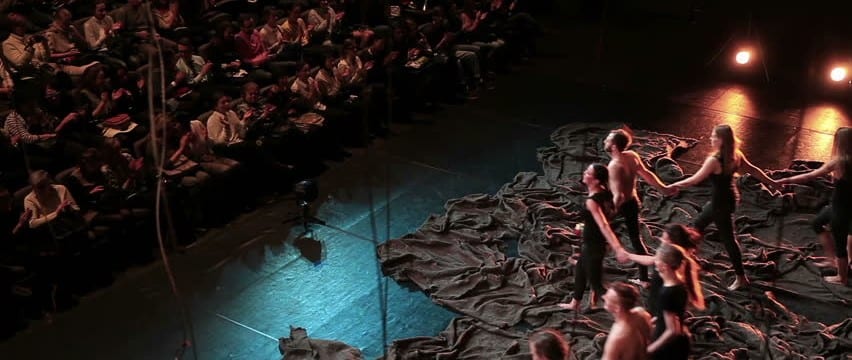By Anna Fenemore (pp.38-50)
- Perception is “something we do” (de Guevara) and “a skillful [bodily] activity” (Noë)
(some body observed , the spectating body)
- As well as there being some bodies that act, react and behave as singular bodies, these bodies might also simultaneously act as a body of bodies.
Body as a group – a communal grouping that act and react, or behave as one some of the time.
- When in action, an individual’s sensorimotor means of surveying action recedes.
Pitches, J., and Popat, S. (ed.) (2011) Performance Perspectives: A Critical Introduction. New York: Palgrave Macmillan

